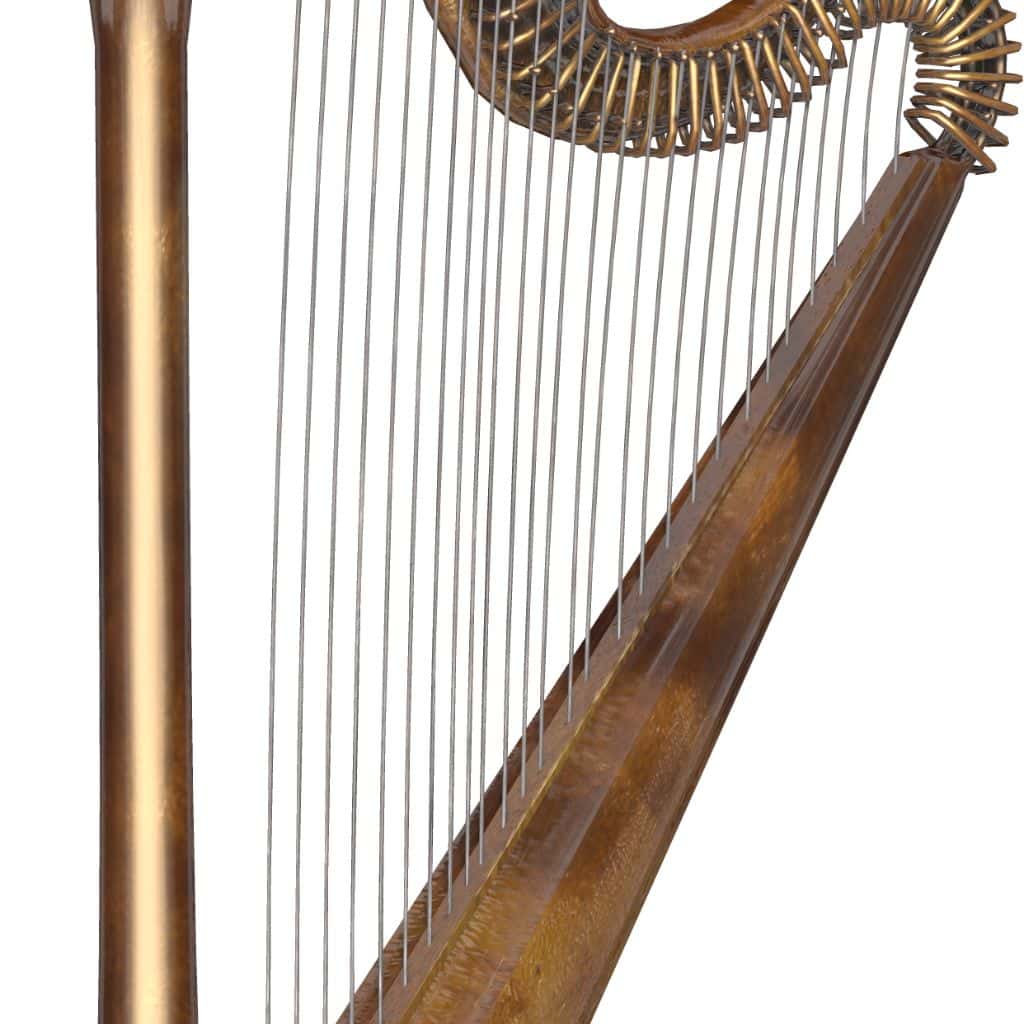Is the clavichord louder than the harpsichord? From my research online, I discovered that the harpsichord is louder than the clavichord. The harpsichord produces sound by plucking strings, resulting in a relatively loud volume.
In co the clavichord produces sound through a mechanism where small blades strike the strings, resulting in a softer and more intimate sound compared to the harpsichord.
The perceived volume can also be influenced by factors such as instrument design, materials, and playing technique.
Let us dig further:
What are the advantages of the clavichord?
The clavichord offers advantages such as expressiveness and nuance, portability, individual control over single strings for polyphony, versatility across musical styles, and an intimate sound well-suited for smaller settings.
Despite being less loud than some other keyboard instruments, its unique qualities make it valuable for musicians interested in historical performance practices and those seeking nuanced musical expression.
What Is The Disadvantage Of The Clavichord?
A disadvantage of the clavichord is its limited volume and projection, making it less suitable for larger concert halls and ensemble performances.
The instrument’s soft and intimate sound, while expressive, may be challenging to project in louder musical contexts.
Is The Clavichord Still Used Today?
Yes, the clavichord is still used today, particularly in the context of historical performance practice and by musicians specializing in early music.
While it is not as widely employed as more modern keyboard instruments like the piano, the clavichord has experienced a revival in interest among musicians and enthusiasts.
Musicians who value the clavichord’s distinct expressive capabilities, subtle control, and historical authenticity use it in performances of Baroque,
Renaissance, and early Classical music. The instrument’s quiet, intimate tone makes it ideal for chamber music and smaller venues.
Furthermore, several modern composers have experimented with using the clavichord in new works, broadening its function beyond historical repertory.
While not as popular as other keyboard instruments, the clavichord has a niche presence in the musical world, cherished by individuals who respect its distinguishing features and historical significance.
How Long Would The Clavichord Be Popular?
The clavichord was popular from the late Middle Ages through the 18th century, reaching its peak in the 18th century. It was widely used for solo and ensemble music.
However, it declined in popularity during the late 18th and early 19th centuries with the rise of the piano. In the 20th century, there was a revival of interest in historical instruments, leading to a renewed appreciation for the clavichord.
Today, it is considered a historical instrument, and there are musicians specializing in its performance, especially in the context of historically informed performances of Baroque and early Classical music.
Are The Strings Of The Clavichord Plucked?
Yes, the clavichord’s strings are plucked to make a sound. Tangents are little metal blades affixed to the ends of the keys of the instrument. The tangent impacts the strings when a key is pressed, making them vibrate and make music.
Unlike the piano, which uses hammers to strike the strings, the mechanism of the clavichord allows for a more immediate and personal connection between the player’s touch and the resulting music.
The clavichord’s capacity to adjust dynamics and expression in real-time distinguishes it as a unique and expressive keyboard instrument.
Was The Clavichord Used In The Renaissance?
The clavichord has its roots in the late Medieval and early Renaissance periods, evolving from precursor keyboard instruments like the “dulce melos” or “monochordum.” While early versions existed during the Renaissance, the clavichord gained prominence and underwent further development in design during the Baroque era in the 17th and 18th centuries.
Does A Clavichord Have Strings?
A clavichord, indeed, has strings. A clavichord’s strings run parallel to the keyboard, and each key is paired with one or more strings. A little metal blade called a tangent hit the strings when a key is pushed, making them vibrate and make a sound.
The clavichord is distinguished from other keyboard instruments like the piano by the direct contact of the tangent with the strings.
The mechanism of the clavichord provides dynamic and expressive control over the sound, making it a one-of-a-kind and versatile instrument.
How Many Octaves Does A Clavichord Have?
A clavichord normally has a four-octave range. The actual number of keys and the specific range, however, might fluctuate amongst clavichord instruments.
The clavichord is a historically significant keyboard instrument that was popular throughout the Baroque and Classical eras.
The clavichord’s sound, unlike that of other keyboard instruments such as the piano, is generated by little brass blades called tangents striking the strings directly, allowing for dynamic control and expressive playing.
Conclusion
Now that we have learnt that while both the clavichord and the harpsichord are historical keyboard instruments, the harpsichord is generally louder than the clavichord. The harpsichord achieves its volume through the plucking mechanism of its strings, coupled with a dynamic control mechanism, allowing for a wider range of loudness. In contrast, the clavichord’s more intimate and expressive sound is produced by the direct striking of strings with tangents, resulting in a generally softer and more limited volume. The choice between the two instruments often depends on the desired tonal qualities and the specific musical context in which they are used.

